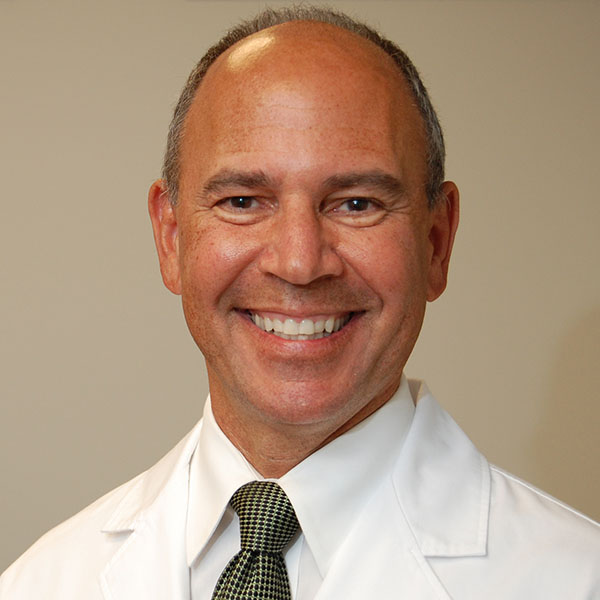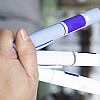Broken jaw
- Reviewed by Howard E. LeWine, MD, Chief Medical Editor, Harvard Health Publishing; Editorial Advisory Board Member, Harvard Health Publishing
What is a broken jaw?
When a bone breaks or cracks, the injury is called a fracture. Jaw fractures are the third most common type of facial fractures, after fractures of the nose and cheekbone. They can be caused by many different types of impacts to the lower face, including:
- an accidental fall, especially in children who are playing and in adults who faint
- hitting the dashboard during a car accident
- a fall from a motorcycle or bicycle
- a fall or collision during contact sports
- a punch to the jaw.
The jaw bone is also called the mandible. It is a long bone that includes your chin and angles up toward your ear on both sides of your face. On each side, the end of the jawbone is rounded like a ball. This "ball," called the condyle, is the part of the jaw joint right in front of your ear. It lets you open and close your mouth. The jaw joint is also called the temporomandibular joint or TMJ.
A fracture can happen anywhere along the jawbone. In more than 50% of cases, the jaw fractures in at least two places — a direct fracture where the jaw was hit and an indirect fracture somewhere else along the jaw. Most often, this second fracture is near one of the ends of the mandible, close to the jaw joint. The second fracture occurs when the force of impact travels upward along the jaw and snaps the relatively thin part of the jawbone just below the ear.
Fractures of the condyles are the most common type of jaw fracture in children. They usually happen when a child falls and strikes his or her chin against the ground or some other hard surface. In teenagers and young adults, jaw fractures more commonly occur on the side of the face nearer the chin because this area is often struck during fights or attacks.
An impact with a dashboard during a car accident can fracture any part of the jaw, including the condyles. The force of the impact can dislodge teeth, and cause fragments of the broken jaw to pierce the gum or damage nearby blood vessels and nerves.
Symptoms of a broken jaw
Symptoms of a broken jaw can include:
- bruising, swelling and tenderness along your jaw or below your ear
- the feeling that your teeth don't fit together properly or that your bite is "off"
- improperly aligned teeth
- missing teeth or loose teeth
- swelling or a bruised area in the gum over your jawbone
- difficulty opening your mouth
- pain in your jaw joint
- numbness in your lower lip or chin — a possible sign of nerve damage related to the fracture.
When a young child falls on his or her jaw, a deep cut may occur along with a fractured jaw. Parents or other adults may focus on stopping the bleeding and not consider signs of a jaw fracture. If the child is too young to describe some symptoms, the jaw fracture may not be discovered until the child is older and complains of bite problems (malocclusion).
Diagnosing a broken jaw
Your doctor will review your symptoms and ask you how you injured your jaw. Your doctor also will ask if you have broken or severely injured your jaw before, and whether your bite felt normal before you injured your jaw.
Next, your doctor will examine the entire length of your jaw, looking at its shape, whether both sides look the same, how it is aligned with the rest of your face, and any obvious areas of swelling, cuts, bruising, deformity, or tenderness. Your doctor also will check for tenderness inside your ear canal (a sign that your jaw joint may be injured) and for numbness in your lower lip and chin. Next, your doctor will ask you to open your mouth to see whether your jaw joint opens normally and evenly. While your mouth is open, the doctor will check for broken and loose teeth, obvious abnormalities in the alignment of your teeth, and areas of swelling or bruising along your gums.
To make sure that a broken jaw is the problem, your doctor will either order standard x-rays of your jaw or a special dental panoramic x-ray (Panorex). For some fractures near the jaw joint, a computed tomography (CT) scan may be necessary.
Expected duration of a broken jaw
Once an uncomplicated jaw fracture is treated, healing usually takes one to two months.
Preventing a broken jaw
You can help to prevent jaw fractures by avoiding trauma to your chin and lower face. To do this, you should:
- Always use seat belts and shoulder harnesses when you ride in a car, even if your car is equipped with airbags. Buckling up will help to protect your facial bones and upper body from dashboard impacts and other injuries.
- Wear headgear and a mouth guard during contact sports. In addition to protecting your teeth from impacts, mouth guards offer some protection against jaw fractures. Both the thermoplastic "boil-and-bite" models and the custom-made forms are effective.
- If you are a parent, do not allow your child to participate in amateur boxing. The American Academy of Pediatrics opposes the sport of boxing for young people.
Treating a broken jaw
Your doctor will treat your fractured jaw by either realigning the fractured pieces of bone with wires or by repairing the break with metal plates and fine screws. If fragments of bone have pierced the skin or if teeth were lost or loosened, your doctor will prescribe an antibiotic, usually penicillin or clindamycin (Cleocin), to reduce the risk of infection.
When to call a professional
Call your doctor or dentist immediately if you suffer a blow to your jaw, and you have any of the following symptoms:
- Your jaw is deformed, crooked or shifted out of its normal midline position.
- You have a painful lump in your jaw or below your ear.
- Your teeth don't fit together properly or your bite is "off."
- You have missing or loose teeth.
- There is a painful swelling or a bruised area in the gum covering your jawbone.
- You have difficulty opening your mouth or have pain in your jaw joint.
- Your chin and lower lip are numb.
Prognosis
In most cases, the outlook is very good, especially when the fracture is treated promptly and properly. In rare cases, when the fracture is ignored or healing is poor, long-term complications can include facial deformity, long-lasting facial pain, pain or limitation of movement at the jaw joint, and a bad bite.
Additional info
National Institute of Dental & Craniofacial Research
https://www.nidcr.nih.gov/
American Academy of Maxillofacial Prosthetics
https://www.maxillofacialprosthetics.org/
American Dental Association
https://www.ada.org/
About the Reviewer

Howard E. LeWine, MD, Chief Medical Editor, Harvard Health Publishing; Editorial Advisory Board Member, Harvard Health Publishing
Disclaimer:
As a service to our readers, Harvard Health Publishing provides access to our library of archived content. Please note the date of last review or update on all articles.
No content on this site, regardless of date, should ever be used as a substitute for direct medical advice from your doctor or other qualified clinician.












